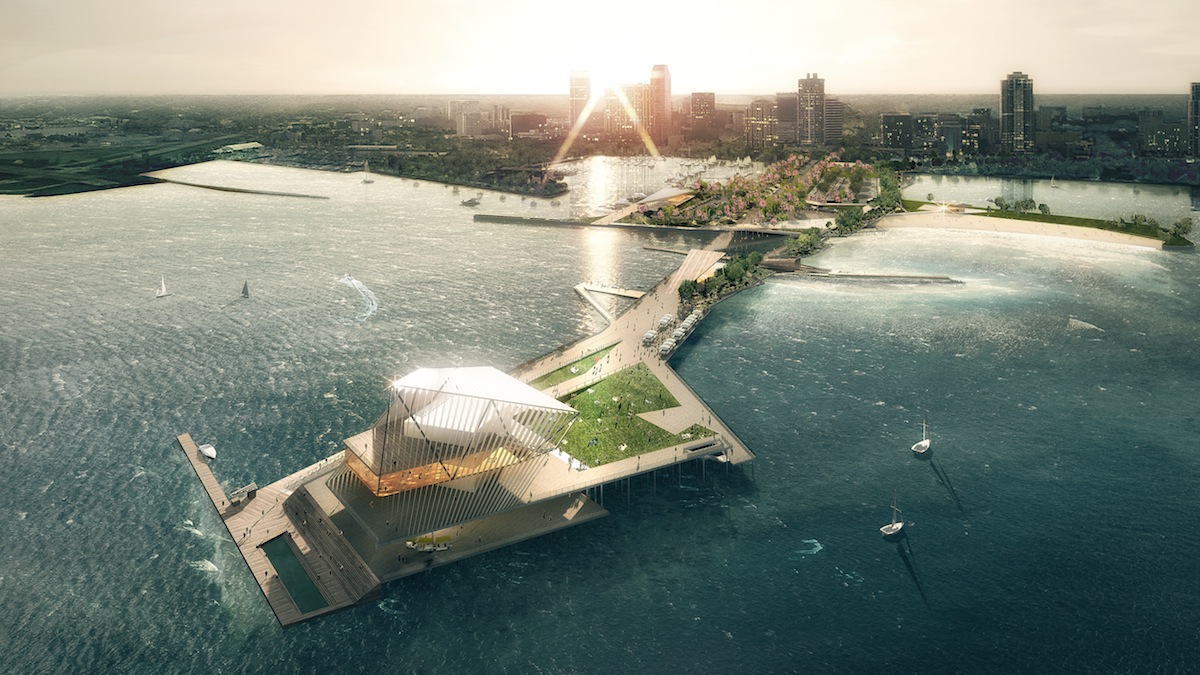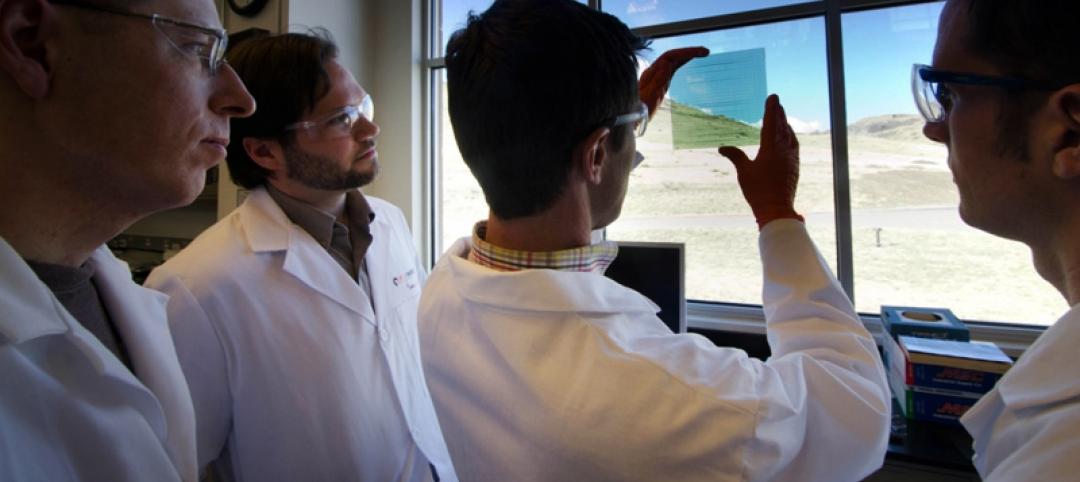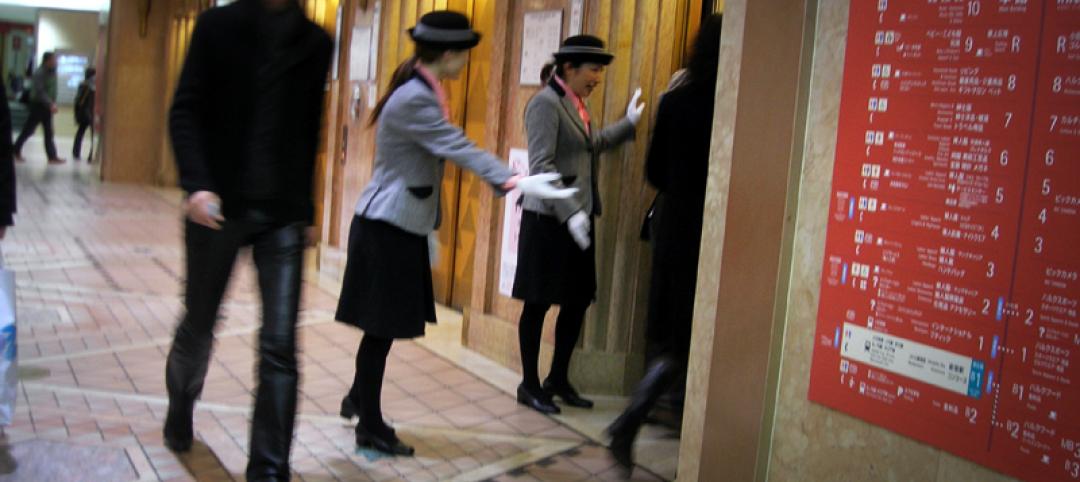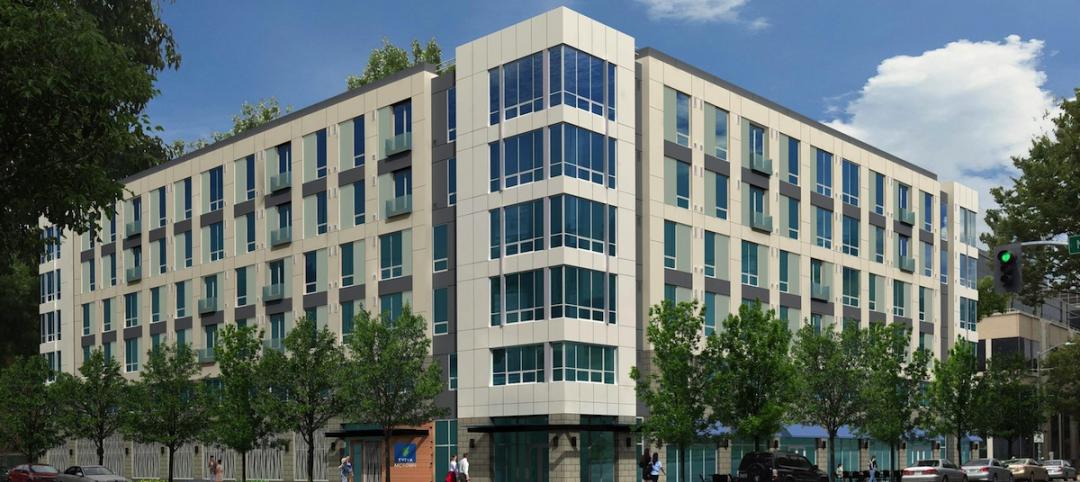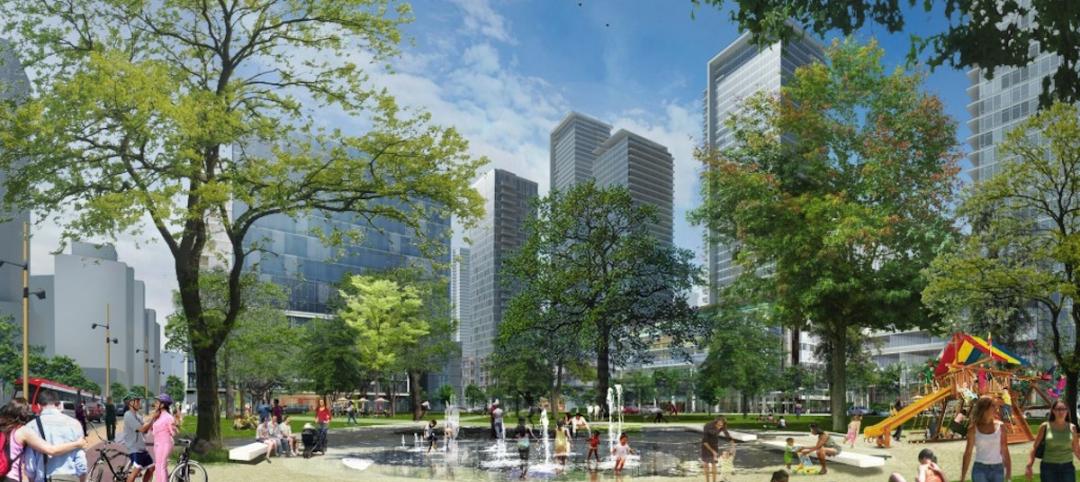St. Petersburg, Fla.'s city council today formally approved funding and contracts for the redesign of the city’s iconic landmark, the St. Petersburg Pier.
During the meeting, $5.2 million was approved for the finalized design, demolition of the current pier, and initial contracting services. The council approved $1.1 million to finalize design details and another half-million to fund pre-construction work. Demolition work is expected to be completed by the end of the year.
On May 9, the city selected the new pier’s design, a collaborative effort between Rogers Partners (lead designer), ASD (executive architect), and Ken Smith Landscape Architect.
The team's design honors the pier’s eclectic history and transforms it into a 21st-century public place. It extends the urban and recreational features of St. Petersburg into the bay itself. It also reconnects the pier to the daily life of St. Petersburg, tying into the city’s transportation and recreation systems—bike paths, jogging trails, parking location, and public transit systems—as well as new transport options like the Looper Trolley and a potential high-speed ferry.
“To accomplish the vision for a new and revitalized pier,” said Robert M. Rogers, Founder of Rogers Partners, “we are creating a place that embraces the dual role of the pier as both an icon for the city and an integral part of the St. Petersburg Waterfront—a place for tourists and everyday visitors alike, one that honors the pier’s robust, eclectic history while transforming it into a 21st-century public place.”
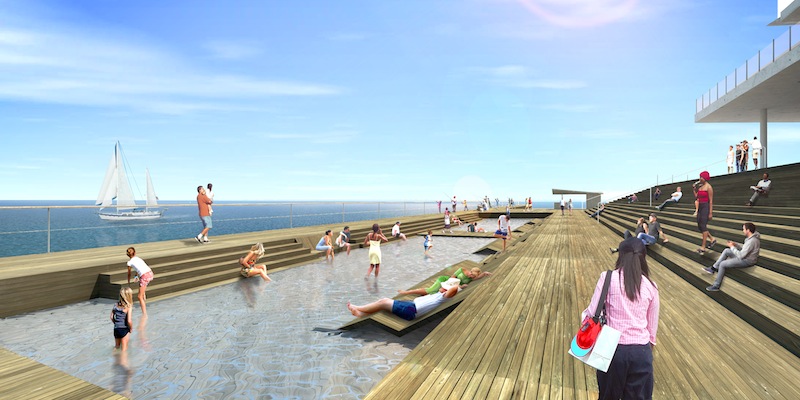
Rather than a singular and heavily programmed destination at the pier head, The Pier Park will be a platform for a multitude of smaller and more flexible programs and experiences for both tourists and the local community—from children to seniors, nature lovers to boaters, fishermen to fine diners. It will serve as a hub for activity, not only at the pier head, but all along its length.
The St. Petersburg Pier has been an essential icon in the city since the late 1800s. Throughout its history, it has existed in many forms—the original and highly successful Railroad pier of 1889, the Electric pier, the Municipal pier, the Million-Dollar pier, and finally the most recent iteration, known simply as “The Pier.”
“Each of the pier’s past incarnations had its own set of programs and uses, some more ambitious than others,” commented John Curran, Studio Leader at ASD and Lead Project Manager for the new pier. “The ones that succeeded appealed to both visitors and residents, and were active day and night, throughout the year. This flexibility was essential to our approach to the new design.”
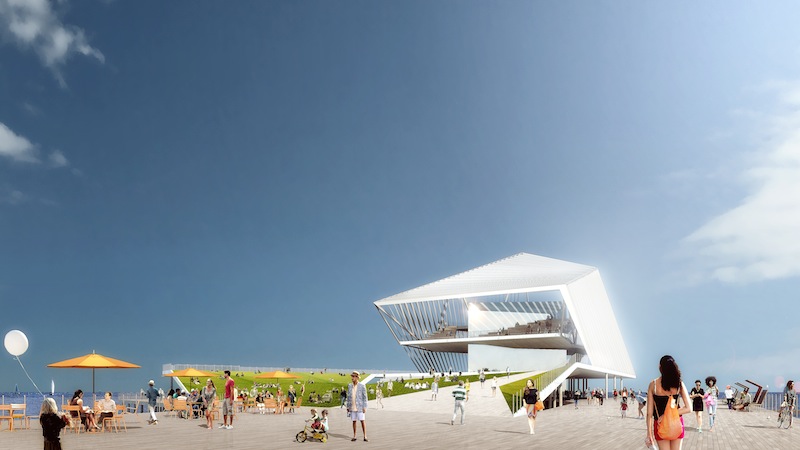
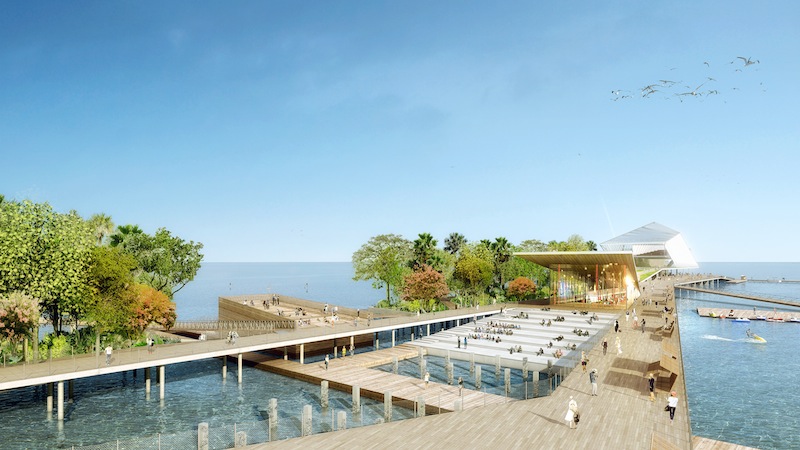
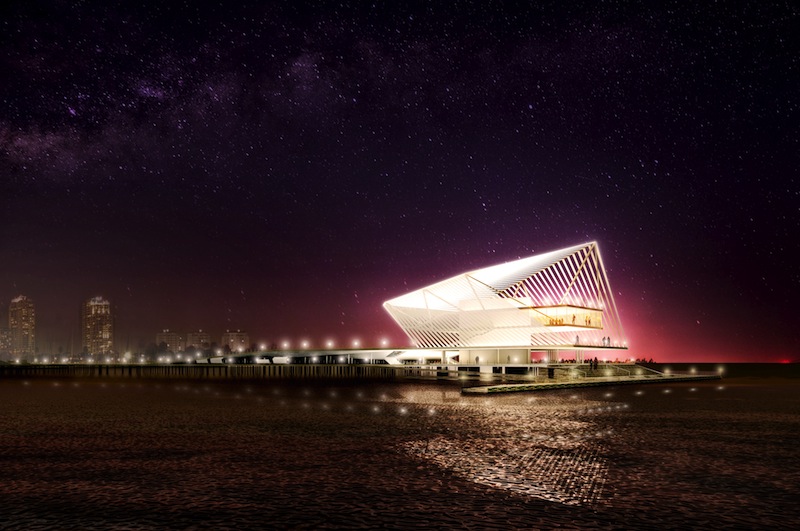
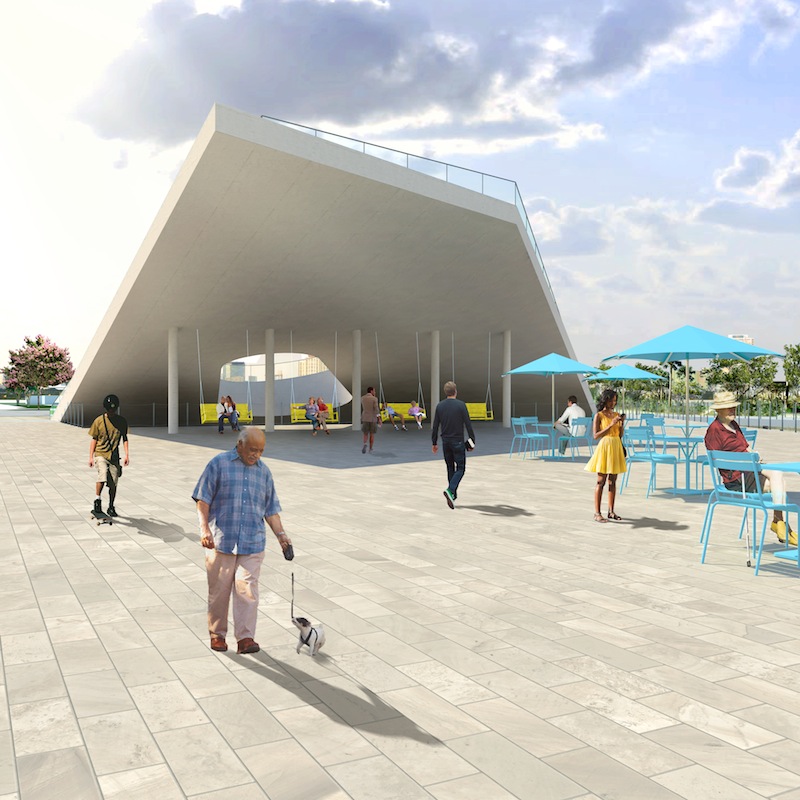
Related Stories
Smart Buildings | Jun 11, 2015
Google launches company to improve city living
The search engine giant is yet again diversifying its products. Google has co-created a startup, called Sidewalk Labs, that will focus on “developing innovative technologies to improve cities.”
Green | Jun 8, 2015
Maryland tech firm is developing spray-on solar panels for windows
Made primarily out of hydrogen and carbon, the coating can turn see-through surfaces into solar panels.
Green | Jun 8, 2015
Diamond Schmitt Architects creates tool to compare energy use data across building types
The firm's new ecoMetrics tool allows for a comprehensive analysis of data from energy simulation models across a wide range of the company’s building types.
High-rise Construction | Jun 5, 2015
Japanese policymakers discuss mandate for toilets in elevators
This quirky-sounding building code is a safety measure for the earthquake-prone nation.
Cultural Facilities | Jun 5, 2015
Chicago’s 606 elevated park opens
The 2.7-mile stretch repurposes an abandoned elevated train track that snakes through Humboldt Park and Bucktown.
Smart Buildings | Jun 4, 2015
Evidence suggests wider lanes make city streets more dangerous
Lanes that are 10.5 feet wide have lower side impact crashes than standard 12-foot lanes, suggests new research.
BIM and Information Technology | Jun 3, 2015
More accurate GPS ready to change the way we shop, interact, and explore
New technology reduces location errors from the size of a car to the size of a nickel—a 100 times increase in accuracy. This is a major technological breakthrough that will affect how we interact with environments, the places we shop, and entertainment venues.
Multifamily Housing | Jun 1, 2015
Sacramento moves forward on multifamily project with new modular supplier
Guerdon Modular Buildings will provide modules for 118 apartments.
| May 29, 2015
Austin, Salt Lake City, Davis, Calif., and Boston creating first protected intersections in U.S.
Protected intersections arrange traffic so that everyone—bicyclists included—can see all moving traffic simply by looking forward instead of forcing people in cars and on bikes to look constantly over their shoulders.
Smart Buildings | May 28, 2015
4 ways cold-climate cities can make the most of their waterfronts
Though cold-climate cities pose a unique challenge for waterfront development, with effective planning waterfront cities with freezing winter months can still take advantage of the spaces year-round.


